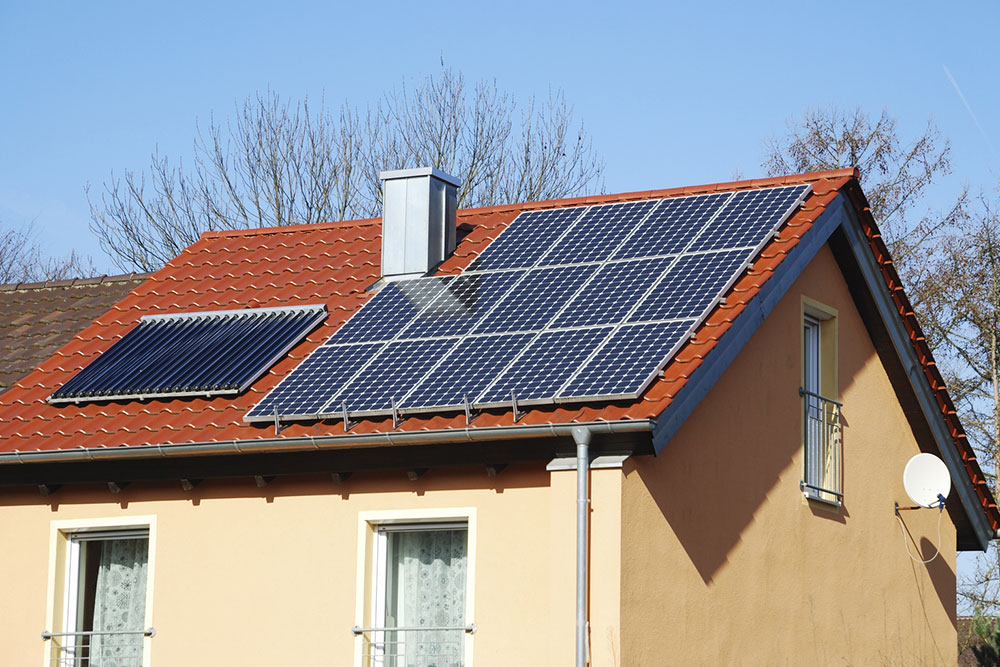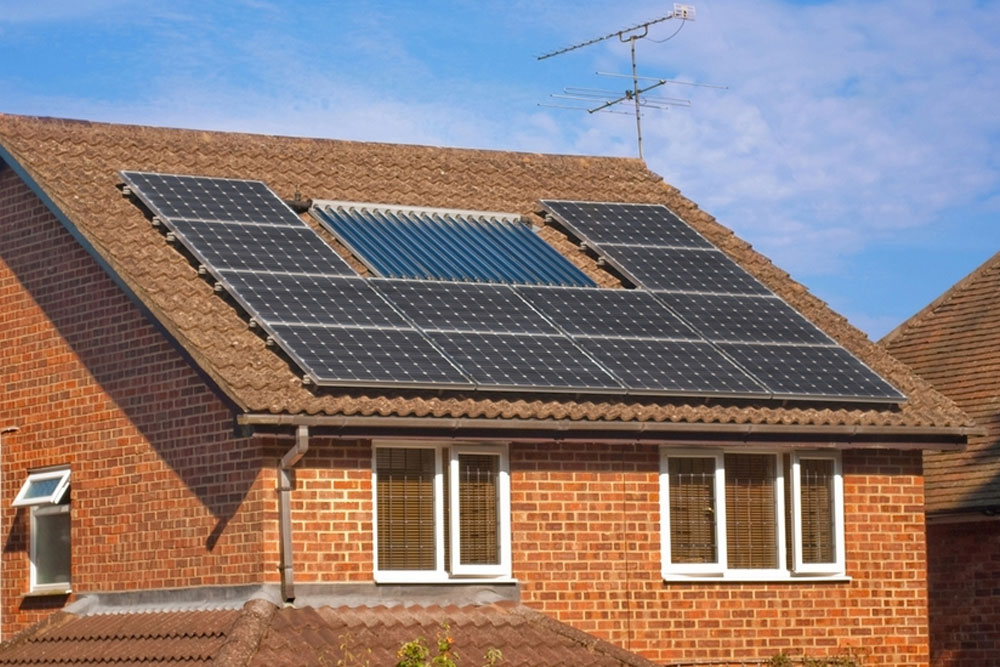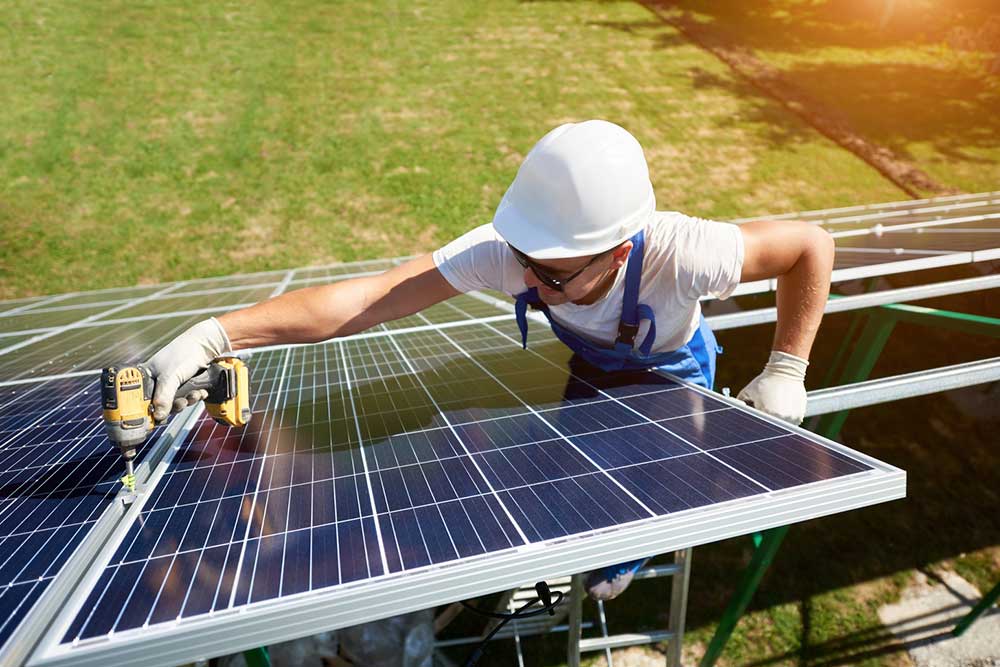Revolutionizing Sustainable Architecture with Advanced Solar Roofing Solutions
This comprehensive article explores innovative solar roofing solutions that integrate photovoltaic technology directly into building structures. It covers the operational principles, advantages, current challenges, and future prospects of solar roofs, emphasizing their role in promoting sustainable and eco-friendly architecture. As the world shifts towards renewable energy, solar roofs are emerging as a key component in designing energy-efficient and visually appealing buildings, making them an essential topic in sustainable development and green technology.

Revolutionizing Sustainable Architecture with Advanced Solar Roofing Solutions
In an era where environmental awareness and the pursuit of sustainable energy solutions are more prominent than ever, innovative solar roofing systems are emerging as a revolutionary approach to energy-efficient building design. These cutting-edge roofs seamlessly integrate solar technology directly into the building's structure, transforming traditional rooftops into efficient energy-generating surfaces that contribute to reducing carbon footprints and lowering energy costs. Solar roofing systems are not only functional but also aesthetically pleasing, offering a harmonious balance between design and sustainability.
Understanding Solar Roofing Technologies
Solar roofs are sophisticated systems that embed photovoltaic (PV) materials within roofing components, such as shingles or tiles. Unlike conventional solar panels that are installed atop existing roofs, solar roofs are designed as a unified, integrated solution. This means the entire roofing surface acts as a solar energy collector, providing both protection against environmental elements and generating clean electricity.
Implementing solar roofing technology offers numerous benefits, including harnessing renewable energy, enhancing the building’s aesthetic appeal, increasing property value, and reducing long-term energy expenses. Solar roofs are designed to blend seamlessly with the structure, making them virtually indistinguishable from traditional roofing materials while providing the added advantage of energy generation. These systems are crafted from high-quality, weather-resistant materials, ensuring durability and minimal maintenance over their lifespan. As the demand for eco-friendly and cost-effective energy solutions continues to grow, solar roofs are increasingly becoming a preferred choice for homeowners, developers, and architects aiming to create sustainable and visually appealing buildings.
Operational Mechanics of Solar Roofing Systems
Solar roofs function based on the principles of photovoltaic technology. Embedded within shingles or tiles, solar cells capture sunlight and convert it into electrical energy in the form of direct current (DC). This DC electricity then flows to an inverter, which is a device responsible for converting it into alternating current (AC), the form of electricity used in homes and businesses.
Types of Inverters and Their Role
String Inverters: These are traditional inverters that connect multiple solar modules in series, making them a cost-effective option. However, they are more susceptible to performance issues caused by shading or dirt on individual modules, as shading on one panel can affect the entire string.
Microinverters: Installed on individual shingles or tiles, microinverters optimize energy output from each module independently. They improve performance under partial shading conditions and can enhance overall efficiency, though they tend to be more costly initially.
Energy Storage and Grid Integration
Excess energy produced during sunny periods can be stored in batteries for use during nighttime or cloudy days, ensuring a consistent power supply. Many solar roofing systems are designed to connect with the local electricity grid through net metering, allowing homeowners to earn credits for surplus energy fed back into the grid. This bidirectional flow of energy not only reduces utility bills but also contributes to a more resilient and sustainable energy infrastructure.
Overcoming Challenges and Future Outlook
Despite the numerous advantages, several challenges currently hinder widespread adoption of solar roofing technology. The initial installation costs can be high, requiring significant upfront investment. Additionally, the energy output of solar roofs can vary depending on weather conditions, geographic location, and roof orientation. Compatibility with existing roof types and structures also presents technical considerations that need to be addressed.
Researchers and developers are actively working to improve solar roofing technology. Advances in flexible and transparent solar panels promise to make integration even more seamless and capable of adapting to diverse architectural designs. Cost reduction strategies, government incentives, and increasing environmental awareness are expected to accelerate adoption rates globally.
Looking ahead, the prospects for solar roofing systems are promising. As innovations continue, these systems are poised to become a standard feature in sustainable architecture, helping reduce dependency on fossil fuels and promoting cleaner energy production. The combination of aesthetically pleasing design, advanced technology, and environmental benefits positions solar roofing as a pivotal solution in the transition toward solar-powered buildings worldwide.
In conclusion, solar roofing represents a significant leap forward in sustainable building practices. As the technology matures and costs decrease, more property owners and developers will adopt these systems, contributing to a greener, more energy-efficient future. The integration of solar technology into roofing materials not only approximates the goal of zero-energy buildings but also fosters environmental consciousness and economic savings for generations to come.





